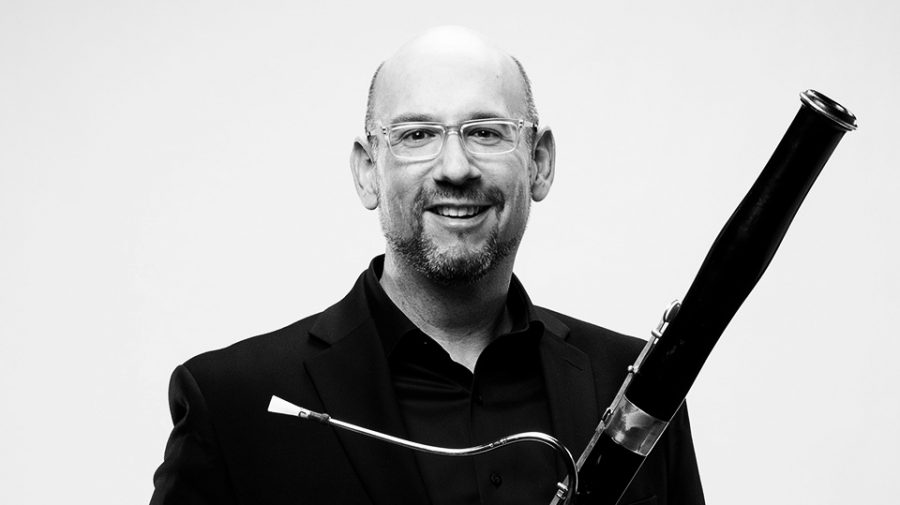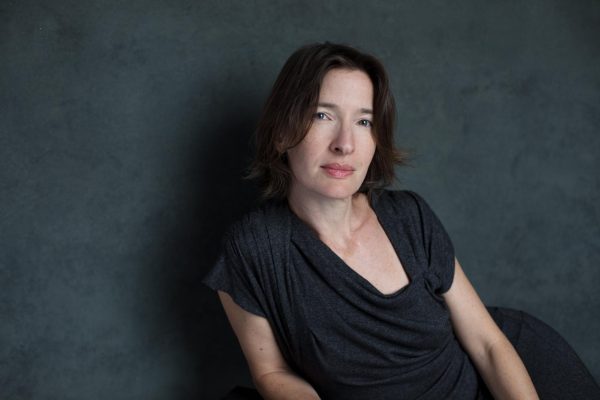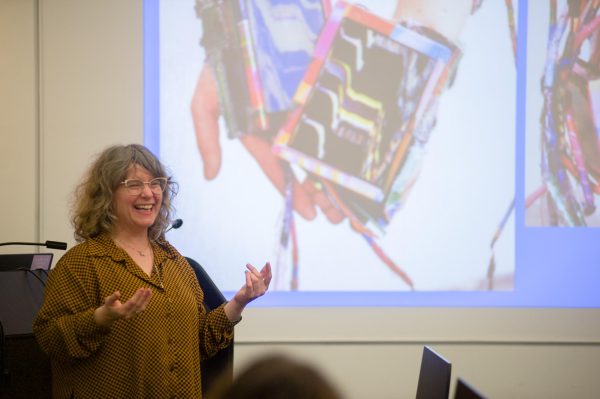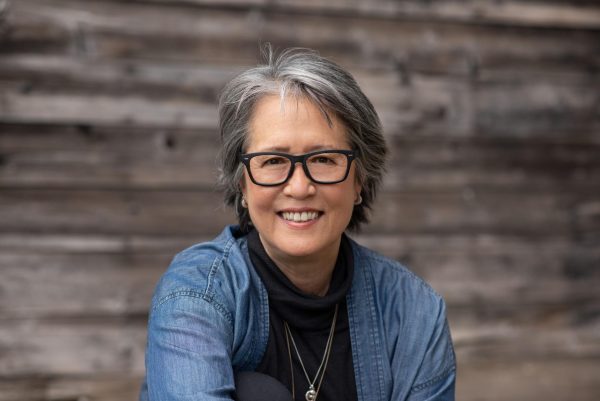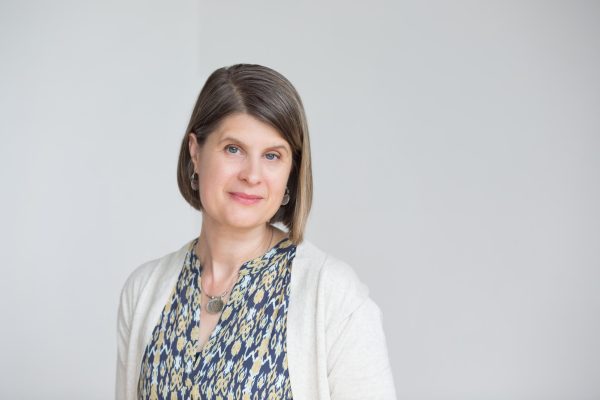On the Record with Master Bassoonist Martin Garcia
Courtesy of Cincinnati Symphony Orchestra
Associate principal bassoonist of the Cincinnati Symphony Orchestra Martin Garcia.
Martin Garcia, associate principal bassoon in the Cincinnati Symphony Orchestra since 2011, will host a master class for Oberlin College and Conservatory Students Monday, Nov. 8. Garcia, a Fulbright grant recipient from Donna, Texas, has played with the Chamber Orchestra of Philadelphia, the Milwaukee Symphony Orchestra, and The Knights in New York. Garcia also serves on the bassoon faculty of the University of Cincinnati College-Conservatory of Music and maintains a studio of private bassoon students. Garcia has played on tour in Europe, North America, and Asia.
This interview has been edited for length and clarity.
Could you tell me a bit about your career and how you got into bassoon?
I chose the bassoon because it was unusual, and I thought that no one else would choose that funny-looking instrument. I really loved it. The bassoon is known as the clown of the orchestra in the old orchestration books, and in more recent musical history, it has been exploited for its more tragic qualities. If you think of the symphonies of Shostakovich or Tchaikovsky, there’s really an element of pathos. I found that those two sides of the same coin really fit my personality — a little bit of a clown but also prone to introspection.
When I graduated from high school, I went to study in Philadelphia with the principal of the Philadelphia Orchestra, Bernard Garfield. It was a recording of Mr. Garfield’s that made me fall in love with the bassoon when I was 13 and convinced me that I wanted to have a career in music as a bassoonist. I was really glad and felt very lucky.
After four years in Philadelphia, I applied for the Fulbright grant to go to Vienna and study music with Milan Turković, who was another one of my heroes. It was in Vienna that I got to hear a lot of orchestras because, along with the European orchestras, most orchestras that tour in Europe go through Vienna. On average, the statistic at that time was that there were three live music events a day… It really was an embarrassment of riches. After Vienna, I came to the University of Cincinnati College-Conservatory of Music to get a master’s degree with William Winstead.
After that, I thought I might like to become a conductor for a while. I spent a little bit of time looking into that, but I had to make a living. I started freelancing as a bassoon player. But I got to a certain age where “the hustle,” if you will, got a little bit tiring. To my surprise and delight, I got a job with the Milwaukee Symphony, which was my first major job. I was there for six years. Since then, I’ve been with the Cincinnati Symphony for 10 years. My job here is associate principal bassoon.
What are your plans for the master class?
I’m always interested to hear young players and see what they’re working on and how they’re approaching music. My plan for them is the plan I have anytime I hear someone: I want to make astute observations that have immediate effects. I feel often that when I’m listening to someone, either for the first and only time or on a weekly basis, I’m almost like a doctor that writes a prescription. I look at what they’re doing and analyze what’s successful and what isn’t, and then I try to get a very clear and efficient strategy for improvement. I think that my approach is to try as much as I can to demystify the bassoon. With any double-reed instrument, there are these two pieces of cane that we string together to produce the vibrating mouthpiece that sometimes work against us, depending on the weather. It’s hard enough from that perspective because every time you open the case and go to practice, the reed is a little bit different. The work that I can do is toward clarifying the rest of it so that a student can eliminate obstacles and just do efficient work — focus on the stuff that’s important, like music making.
You teach quite a bit. Do you find personal value in teaching courses like these, for yourself as a player or a person?
Absolutely. I find it really inspiring to hear people. I think that it’s important as a performing artist to remain inspired. It becomes easy to stop going to concerts. It becomes easy to stop seeking out new pieces. Regardless of the pursuit, it’s important to have a change of scenery, to remain stimulated and seek out new things. That way we can all avoid falling into a rut. So, yes, I will say that, when you teach as much as I do, things become a good deal clearer, and it’s my aim to pass those moments of clarity on to students.
Do you have any advice for Oberlin’s aspiring classical musicians, bassoon or otherwise?
I think it would be to seek out a mastery of the craft that enables us to express ourselves and to be honest with ourselves about our shortcomings. Trust the process, because if we wait until we’re inspired to practice, the inspiration doesn’t often come as we would like it to. It’s important to have a routine where you put in the work and you’re honest with yourself and really listen to what it is you’re doing.
I remember, once, I worked for a composer named George Rochberg. He lived outside of Philadelphia, and we were assembling his archives for transport. I was there as a secretary taking notes. What I learned from him is that he would work every morning at the same hours and take a break for lunch and come back and work. Once his work was done for the day, it was done. He said that having that routine enabled his creative muscle to get accustomed to working when he needed it. Choreographer Twyla Tharp calls this “keeping the tools oiled.” When you have a regular routine, your muse knows to show up. With bassoon, so much is technically oriented when it comes to reed-making. Once you have a good reed, so much is possible. It’s just getting there and trusting the process.


